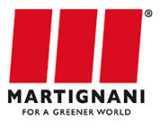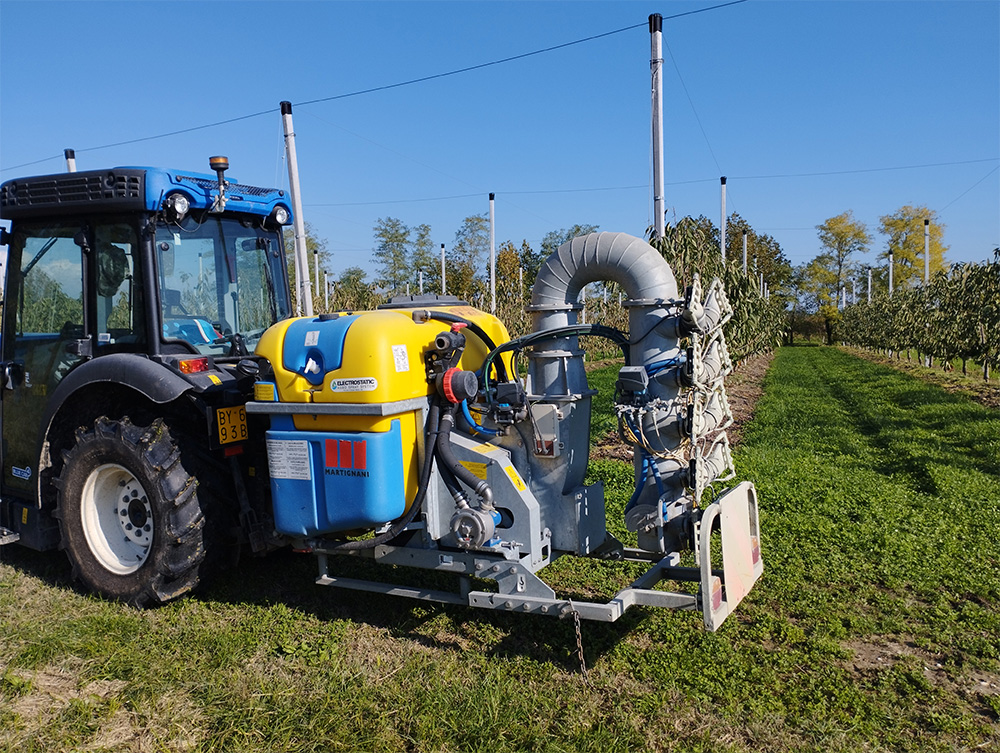Nebulizzatori Elettrostatici Martignani
FOR A GREENER WORLD
MARTIGNANI SECONDO VOI
La tua coltura
Tutto quello che volevi sapere per ottimizzare il lavoro nel tuo terreno.
Con gli atomizzatori Martignani.
La coltivazione di alberi di noce si sta diffondendo sempre più nelle nostre campagne: il noce è una pianta tanto redditizia quanto esigente in termini di trattamenti.
La vite, la più versatile delle colture presenti nel nostro paese, deve essere difesa in maniera costante dalle avversità che ne mettono a repentaglio la produzione, per garantire un raccolto di ottima qualità.
Dal Trentino alla Romagna il melo è una parte importante nel panorama agroalimentare italiano e come tale va protetto nella migliore maniera possibile dagli agenti patogeni.
RISPARMIA con MARTIGNANI
- Meno prodotto chimico
- Meno acqua
- Meno tempo
Risolvila con Martignani
Difendi le tue colture dagli agenti patogeni con i nostri atomizzatori agricoli.
L’oidio della vite, conosciuto anche come muffa bianca, è una delle malattie più distruttive della vite, al pari della peronospera.
Detta anche Maculatura bruna è una delle più pericolose avversità del pero: colpisce tutti gli organi verdi della pianta ma soprattutto i frutti che vanno incontro alla marcescenza.
Si tratta di una malattia molto temuta dai viticoltori e causata dal fungo Plasmopara viticola che colpisce gradualmente tutte le parti della pianta.
MARTIGNANI E’
AGRICOLTURA SOSTENIBILE
- Zero residui
- Minor consumo di acqua
- Minor uso di fitosanitari
Stai cercando l’atomizzatore giusto per ottimizzare il tuo lavoro in campo?
Troviamo insieme la soluzione sostenibile più adatta alla tua coltura



